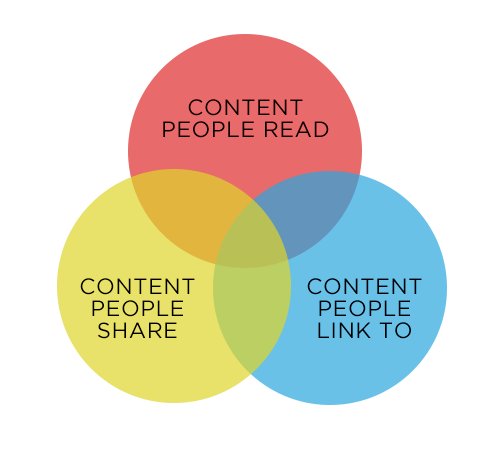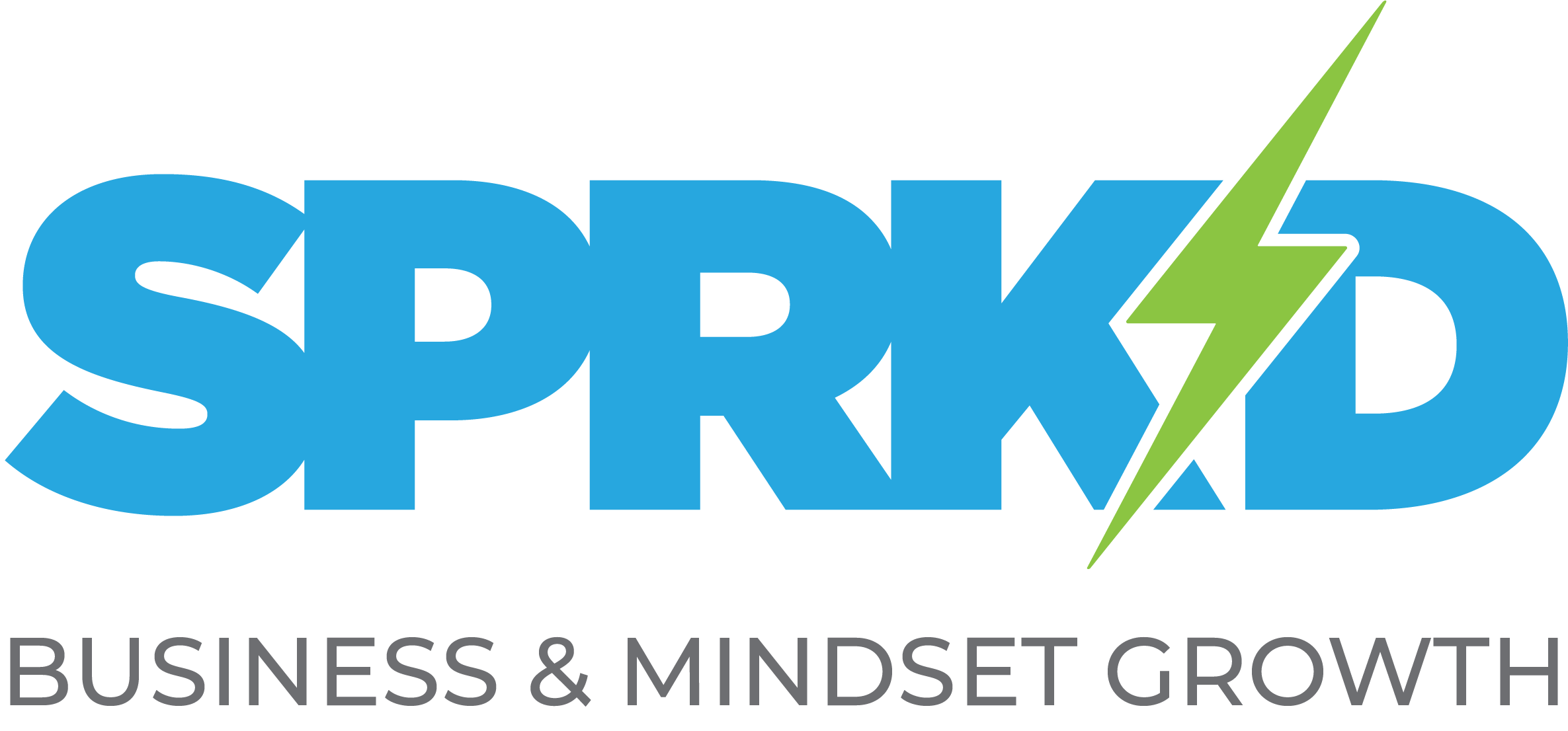Build a business you love to lead. Create the life you want.
How to create marketing content for “boring” industries

Maybe you’ve been feeling jealous of people who work in naturally “interesting” industries. It’s easy to look at the folks marketing the latest beauty obsession or baking trend and think, “Damn, they’ve got it easy!”
Meanwhile, you’re stuck in an office cubicle trying to find a novel spin on tax software.
We get it. It’s hard to believe that content marketing is right for your business, especially when discussions about withholding tax rates could put the average person straight to sleep.
But, you’re also bringing the wrong mindset to the table.
In fact, “boring” industries are where you’ll get a real chance to show off your creative chops and SEO prowess.
And when it comes to content marketing, “boring” industries are prime targets for disruption. To succeed, you’ve got to double down on solving your audience’s problems — and zero in on the goals that really matter.

1. Your industry/brand is not as “boring” as you think it is
The first and most basic mistake you’re making is in thinking that your industry or brand is too “boring.”
Virtually all businesses began after someone identified a gap in the existing market. That means your business offers a product or service that solves someone else’s problem.
Note that your business isn’t trying to solve everybody’s problem. To run with the tax software example, a large business with complicated finances might prefer to hire a CPA. It’s normal that not everyone will be interested in what you’re offering.
But there’s a small business owner out there who can’t afford to hire a dedicated CPA. There’s someone out there who doesn’t want to deal with the hassle of manually sending payments to the IRS.
Guess what? These people are going to be exceedingly interested in learning more about how your software handles withholding tax rates. Not so boring now is it?
If you can’t even convince yourself that your stuff kicks ass, how are you gonna convince anyone else to buy? It’s time to put aside the “boring” industry mindset, and instead, start embracing a problem-solving mindset.
2. Specify your audience
Your job is now to tell a story tailored to the person whose problem you’re solving. This means you need to know who you’re writing for — and conversely, who you’re not writing for.
The more specific you get about your audience, the more effectively your content’s going to address their problems. For example, an eBook that’s targeted at “business owners” in general will invariably contain a watered-down version of your brand’s message — because you’re homogenizing the diverse needs of a complex population.
So instead of targeting “business owners,” what about writing an eBook for “startup founders working with less than five full-time employees?”
See how this immediately clarifies what content the eBook should contain?
With every piece of content you create, you need to decide who it’s for — and narrow that down to a single, hyper-specific audience.

3. Dig deeper into your audience’s needs
You could craft a story around “tax software with 24/7 live support.” But the guy who’s buying your tax software doesn’t just need 24/7 live support.
Maybe he needs it because of anxiety. He’s never had to do a corporate tax filing before. In fact, it’s his first year owning any kind of business. He wants to get the process right. What if you told him, “Review your tax return with an expert. File only after getting their approval”?
Or maybe he needs it because of fear. His previous filing was audited, and he ended up owing the IRS money. He wants to feel supported through the process. Why not tell him, “Our tax experts offer FREE, year-round audit guidance”?
You can’t change the reasons your customers want what they want — reasons that function at the deepest, least rational, most fundamental levels.
By definition, the most interesting content speaks to what people already want. As such, your job is to uncover your audience’s deepest, most primal needs — and then tell a story that drills down on those pre-existing pain points.
At Sprk’d, we talk a lot about the importance of buyer personas. We emphasize the need to do things that require a lot of effort — things like conducting in-person interviews to learn about a person’s daily habits. Things that don’t have much to do with your buyer persona’s professional life. Things that you might have been tempted to gloss over.
But you need this information to identify the deeper motivations behind your buyer personas’ behavior.
4. Specify your goal
In the world of content creation, specificity is king. Just as you need to know your one audience, you also need to know your one goal for each piece of content you create.
When you’re working toward a strategic goal, you’ll immediately begin tailoring your content to achieve that specific outcome.
For example, the blog post you’d write to increase your site traffic is qualitatively different from the blog post you’d write to encourage more email signups.
In “unglamorous” industries, your audience’s attention is more likely to wander — you can’t afford to create vague, purposeless content. You must persuade your audience to take the actions you want from the get-go.
5. Target metrics that boost digital visibility
When setting goals, fixate less on what your content should say — and start thinking about what content your audience would promote.
When your industry is super technical, your competition will include super-professional pages that naturally command more authority. If you’re writing about taxes, all things being equal, the IRS is going to get more hits than you. You can’t out-IRS the IRS.
But the IRS is a resource that people typically only read — and even then, it’s a toss-up as to whether they’ll actually understand what they read. The content that gets read isn’t always the content that gets shared or linked to:

To out-IRS the IRS (or the big bad in your field), play the long game.
- Getting read is great for establishing your brand’s thought leadership, but does nothing to amplify your business’s digital presence in the long run.
- Getting shared is better — but social media popularity is usually ephemeral. You’ll love the temporary boost in site traffic, but it’s also only a shot of instant gratification.
- Getting linked to is the grand prize. Getting linked to will almost invariably lead to more reads and shares. And if the link’s from an authoritative website? You’ve pretty much hit the jackpot.
Ask yourself: What does your content contribute that would make people want to share it, even cite it in their own work?
According to Andy Crestodina at Orbit Media, links typically fall into one of just two categories:
- Well-researched statistics
- A strong, substantiated opinion
Don’t believe him? Just look at every external link you’ve ever included in your own content.
If you think your industry’s “boring,” then it’s time to raise the bar from getting read to earning links. And you have two options to make it happen: Go original or go controversial. Don’t settle for anything less.
Start investing in a lean, mean content creation machine
When creating content for so-called “boring” industries, a results-driven approach is key. You have only so much real estate to capture the average person’s attention, which means every word and image must purposefully drive your business goals forward.
Need help trimming the fat from your content creation efforts? Our six-week content detox will refocus your strategy to generate action-oriented content. And unlike traditional diet plans, it’s totally FREE. Sign up now and get crackin’ on the course right away!
Recent Posts
UNLOCK YOUR POTENTIAL IN 30 MINUTES
👀 Seeking efficient solutions to the business, marketing, or mindset challenges you face?
🚀 Ready to take your business to the next level?
⏰ Short on time?
QuickWin Coaching is designed with you in mind. Why waste hours in lengthy coaching sessions when you can achieve remarkable results in a mere 30 minutes?




